Tulips are exquisite, cup-shaped flowers belonging to the genus Tulipa, and they’re renowned for their vibrant colors and elegant blooms. These flowers, originating from Central Asia, have become iconic symbols of beauty and grace worldwide.
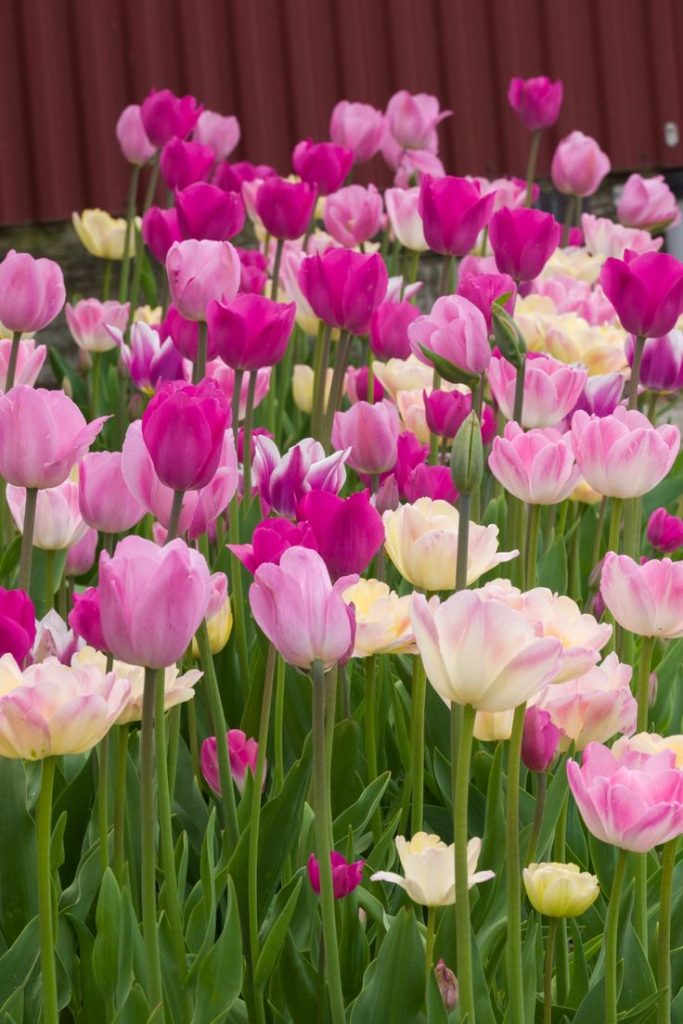
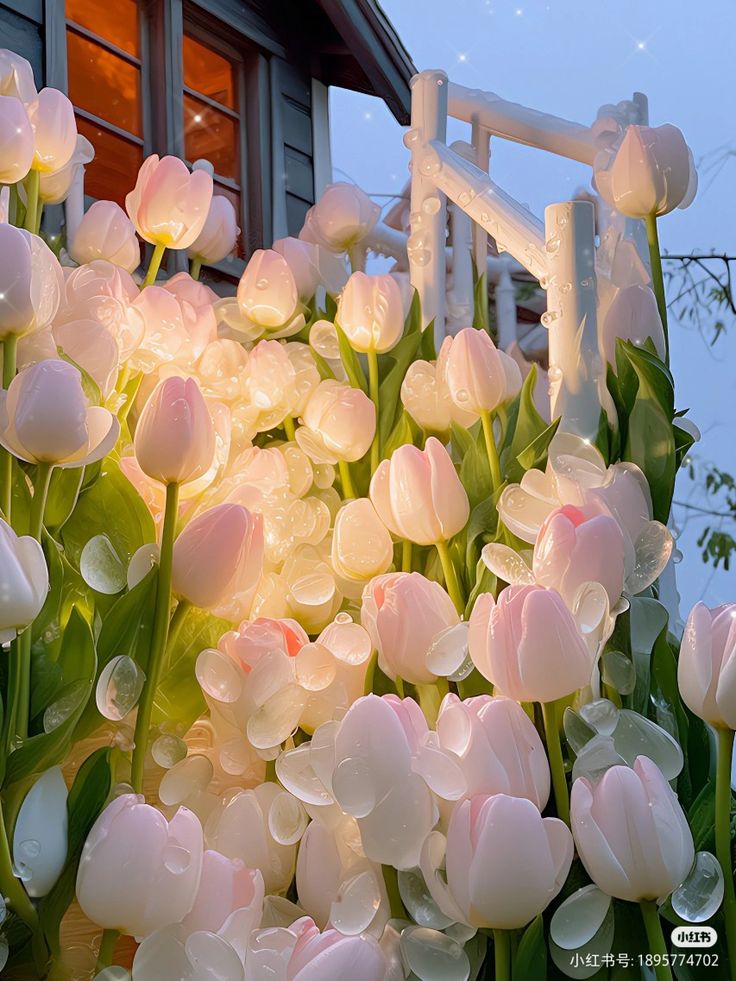


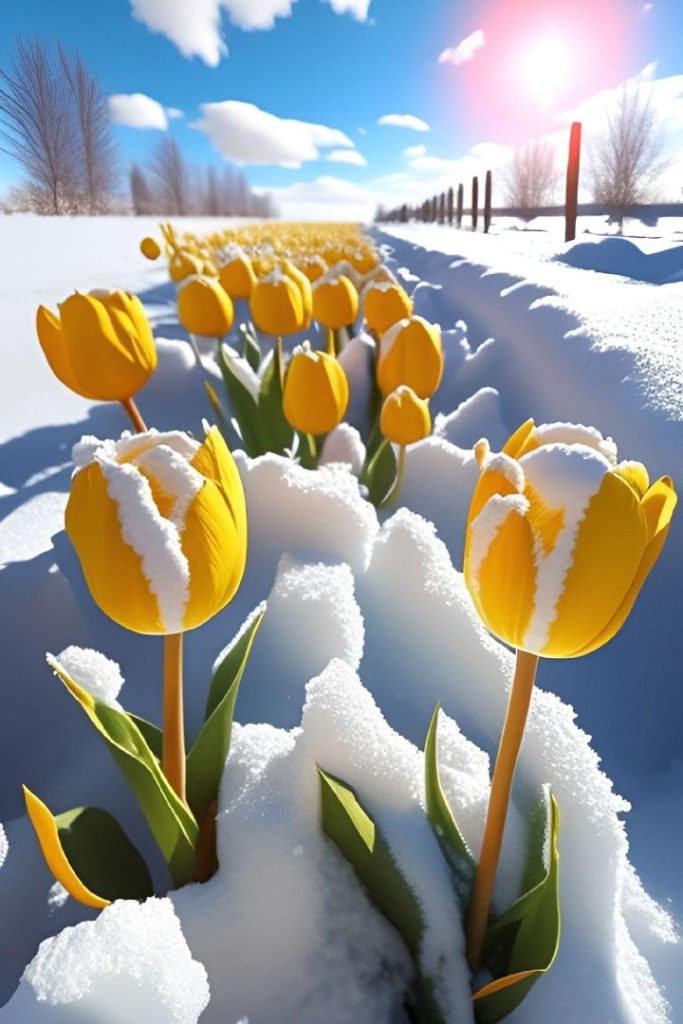
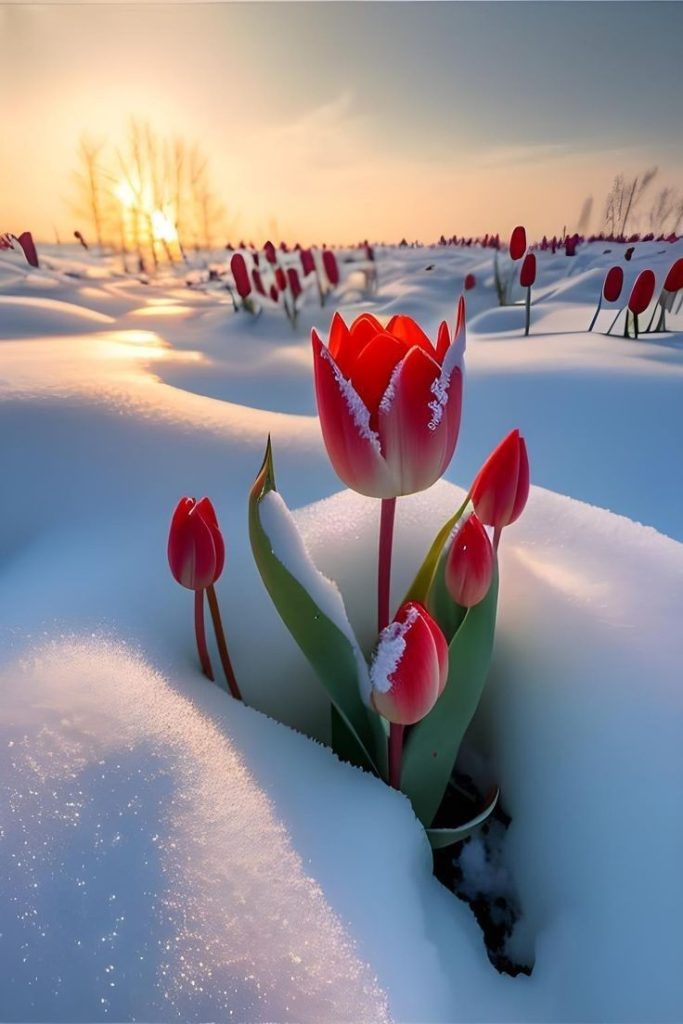
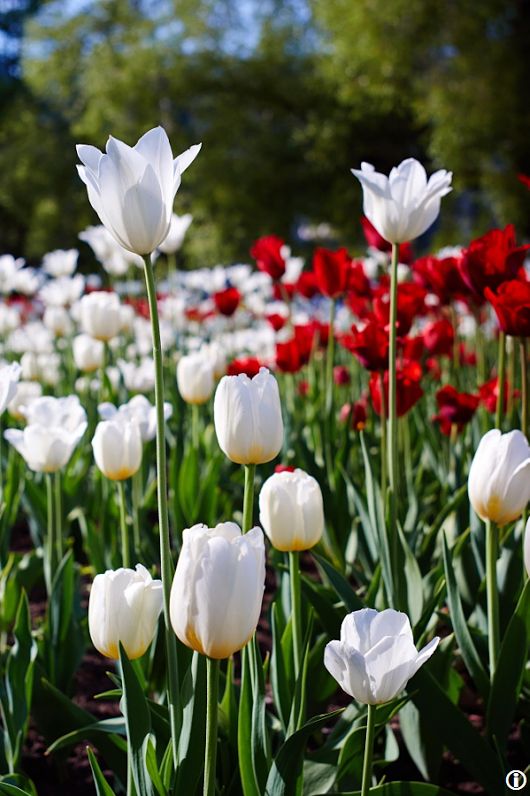
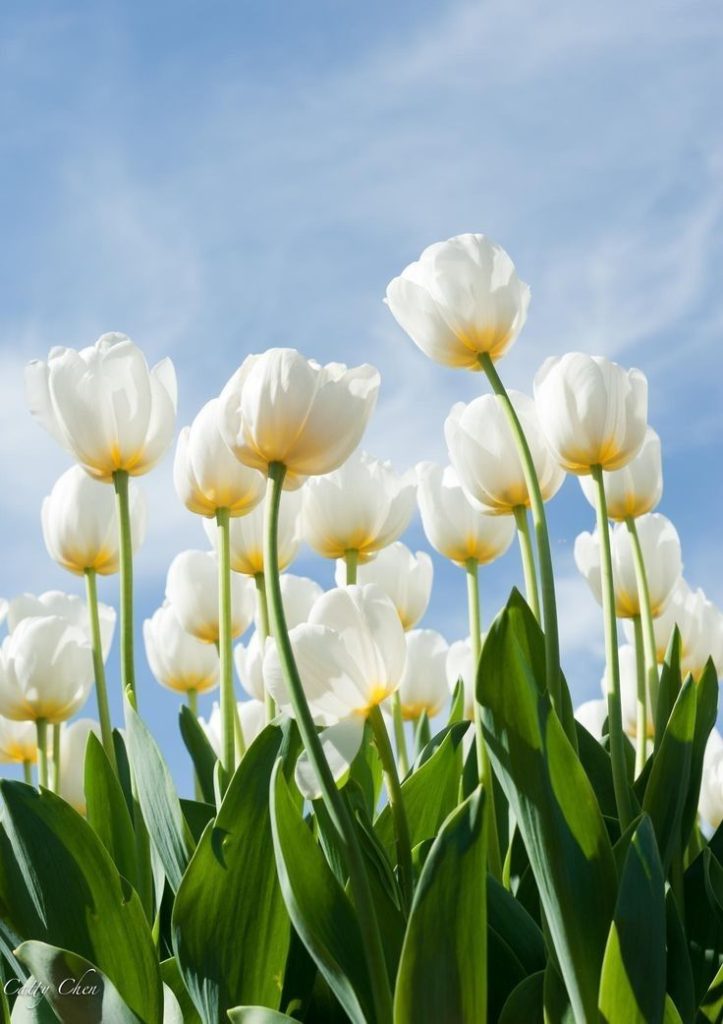
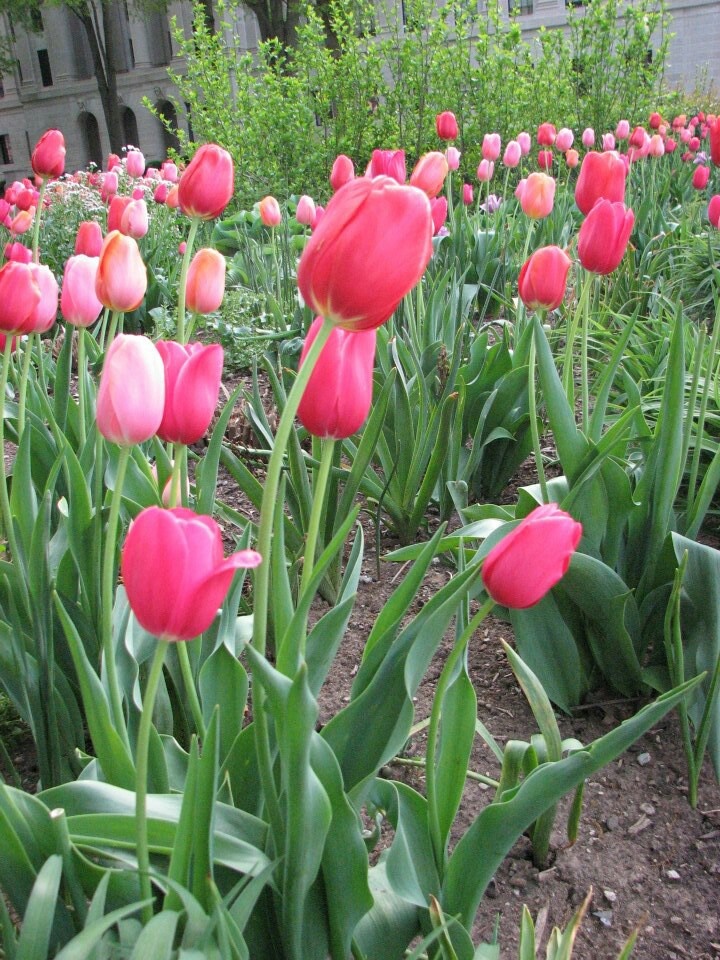
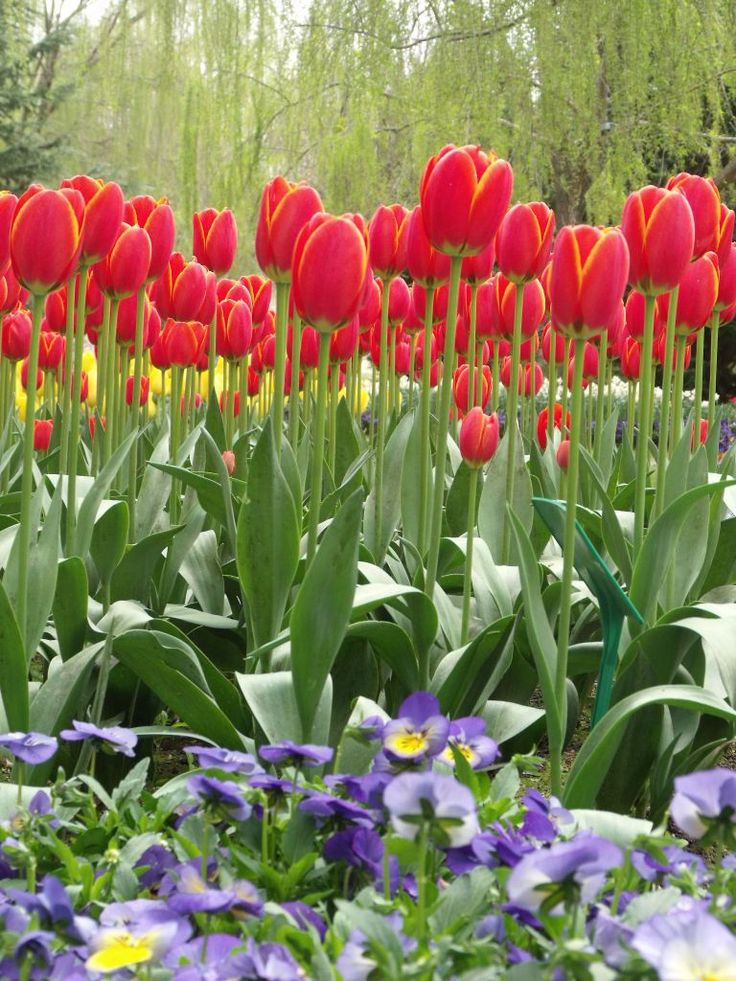
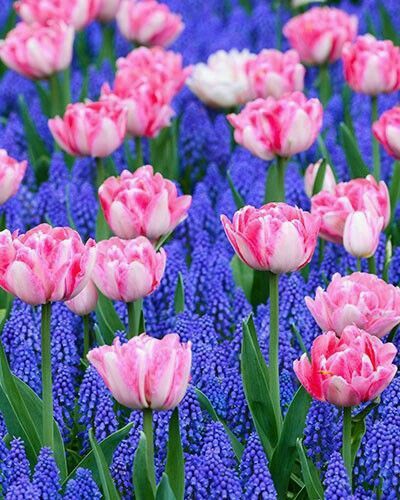
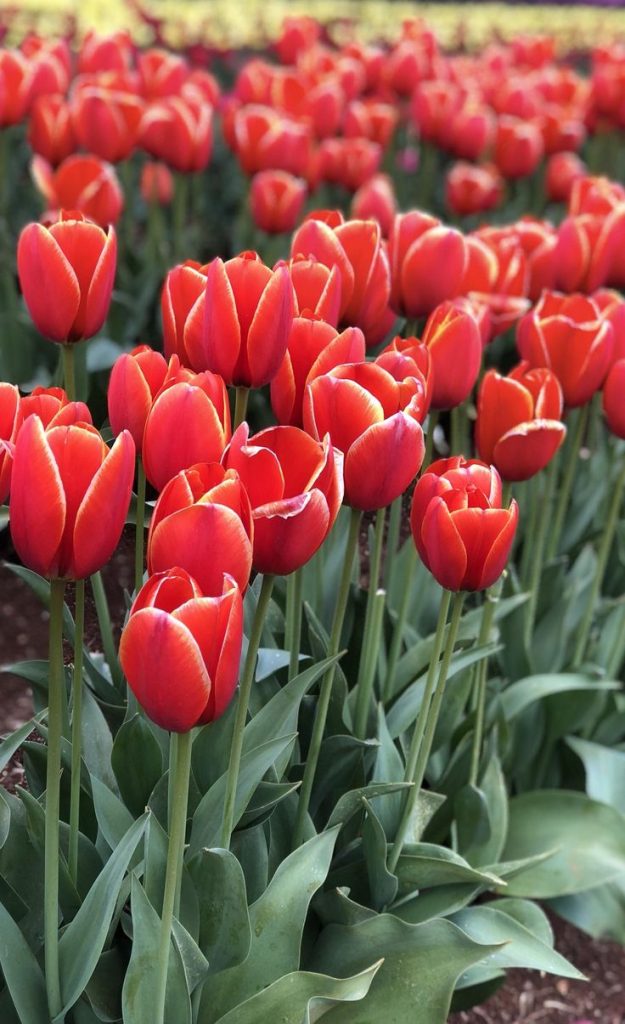
Features of Tulip Flowers:
Diverse Colors and Varieties: Tulips present a diverse spectrum of colors, including shades of red, yellow, pink, purple, white, and even multi-colored variations. There are various tulip types, from single-colored to striped and fringed varieties, each offering a unique charm.
Elegant Blooms and Petals: The classic tulip flower showcases a graceful cup-shaped bloom with six petals. Tulip petals may display smooth edges or fringed outlines, adding texture and visual interest to the flowers.
Springtime Bloomers: Tulips are often associated with the arrival of spring. They typically bloom in early to mid-spring, creating stunning displays of color that herald the end of winter and the beginning of a new season.
Cultivation and Care:
Planting Tulip Bulbs: Tulips are grown from bulbs planted in the fall before the ground freezes. They require well-draining soil and prefer full to partial sunlight. Adequate spacing and proper planting depth are crucial for healthy growth.
Maintenance and Watering: Once established, tulips require minimal maintenance. Regular watering during their growing season and adequate sunlight are essential for robust blooms.
Landscaping and Garden Use:
Garden Displays: Tulips are often planted in gardens, borders, and flower beds, creating striking visual displays and adding vibrant colors to landscapes.
Container Gardening: Tulips thrive in containers, making them ideal for balcony or patio gardens. They can be grown in pots or planters, adding elegance to small outdoor spaces.
Symbolism and Significance:
Symbol of Love and Beauty: Tulips symbolize love, affection, and elegance. They have been historically associated with romantic gestures and are popular choices for gifts and floral arrangements.
Cultural Significance: Tulips hold cultural significance, particularly in Dutch culture, where they are celebrated during the annual Tulip Festival. They represent beauty, prosperity, and the arrival of spring.
Conclusion:
Tulips, with their diverse colors, graceful blooms, and cultural significance, stand as timeless symbols of beauty and renewal. Whether adorning gardens, landscapes, or containers, their stunning displays captivate hearts and mark the arrival of the vibrant spring season.
These flowers not only beautify outdoor spaces but also embody the essence of spring, bringing joy and a sense of renewal wherever they bloom.